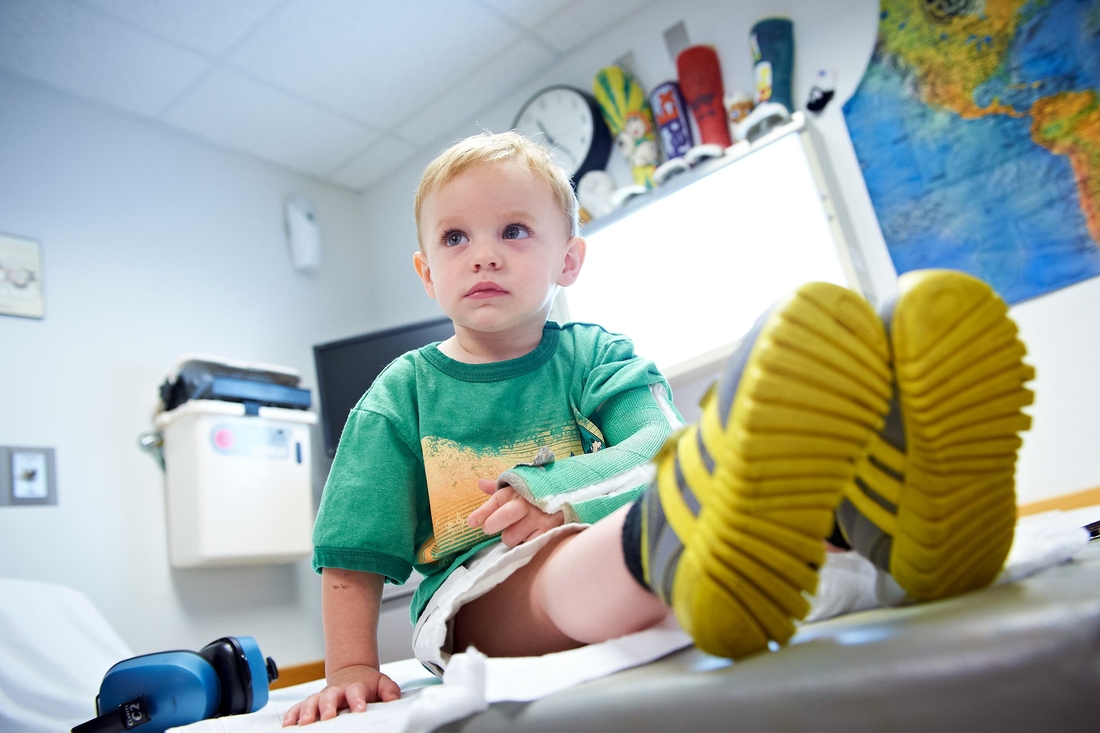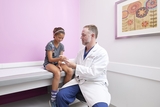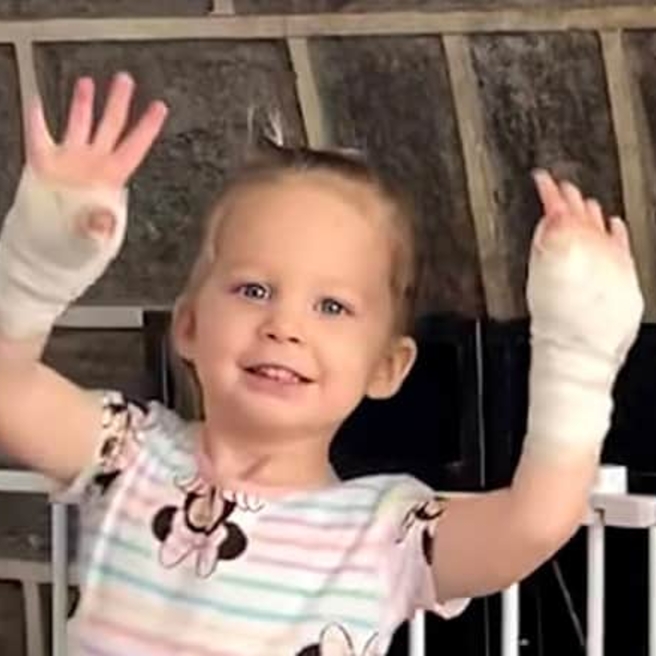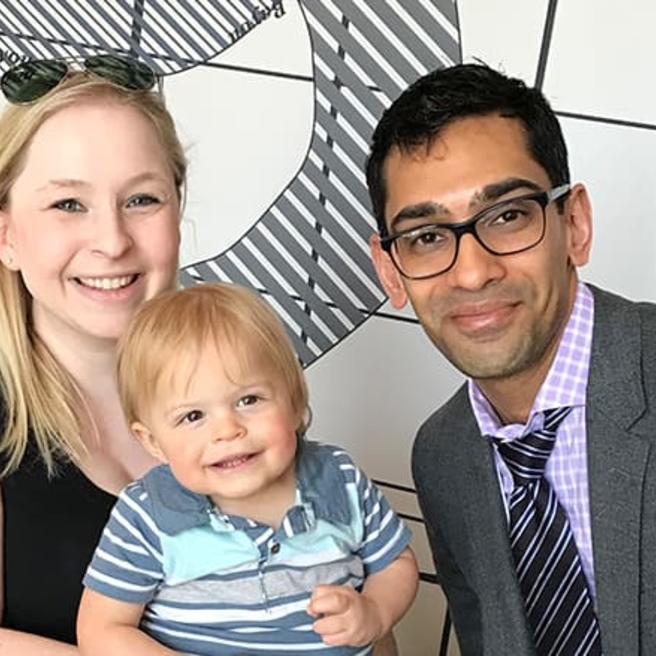Hand and Arm Disorders Program

The Hand and Arm Disorders Program is the region's largest center providing evaluation, treatment and long-term follow-up care to children with congenital hand deformities, hand injuries and tumors of the hand and arm. Our board-certified orthopedic and plastic surgeons perform more than 1,000 procedures each year for children with hand or arm conditions.
Surgeons and clinical staff from Orthopedics and Plastic Surgery create custom treatment plans for each child with a hand or arm disorder. By joining forces early in your child’s diagnosis, we can work to enhance both the functionality and appearance of your child’s affected hand or arm. If surgery is needed, our pediatric hand surgeons work with pediatric anesthesiologists and pain specialists to ensure your child’s surgery is safe.
How we serve you
Our expert pediatric hand surgeons perform highly complex procedures including:
- Reconstructive surgery to separate, remove or reattach fingers
- Minimally invasive surgery for delicate repairs
- Surgery to release tendons, treat fractures and graft nerves
Conditions we treat
We treat children with a wide variety of congenital disorders, injuries and tumors of the hand and arm, including those listed below.
-
Brachial plexus and peripheral nerve injuries - Bone and soft tissue tumors
-
Broken forearm -
Camptodactyly (flexed finger) - Cleft hand
-
Clinodactyly (bent or curved finger) - Erb's palsy
-
Hand fracture - Hand and arm dislocations
- Hypoplastic digits (missing or underdeveloped fingers)
- Limb defects
-
Macrodactyly (large fingers) - Madelung deformity (misaligned wrist)
- Polydactyly (extra fingers)
- Radioulnar synostosis
- Radial club hand (missing radius bone)
-
Symbrachydactyly -
Syndactyly (webbed or joined fingers) - Tendon and nerve injuries
-
Thumb duplication -
Thumb hypoplasia -
Trigger finger and trigger thumb - Ulnar club hand (bent wrist)
-
Wrist fracture

Why choose us for hand and arm disorders
Our pediatric hand surgeons perform some of the most complex microscopic surgical procedures in the world, including replantation, nerve grafting and reconstructive surgery. Learn more about what sets us apart.

Meet your team
Through our program, your child has access to the full range of pediatric subspecialties, and expertise from orthopedics, plastic surgery, genetics, radiology, oncology, neurosurgery, rehabilitation and more to diagnose your child and determine treatment.

Our locations
You can visit staff from the Hand and Arm Disorders Program at multiple locations in Pennsylvania and New Jersey.

Our research
Orthopedic clinicians at CHOP are actively researching a range of hand and arm disorders and treatments. By partnering with CHOP’s Center for Applied Genomics, we hope to improve surgical techniques, range of motion and quality of life for children with hand and arm disorders.

Hand and Arm Disorders Program resources
We have compiled resources to help you find answers to your questions and feel confident with the care you are providing your child.
Your donation changes lives
A gift of any size helps us make lifesaving breakthroughs for children everywhere.


